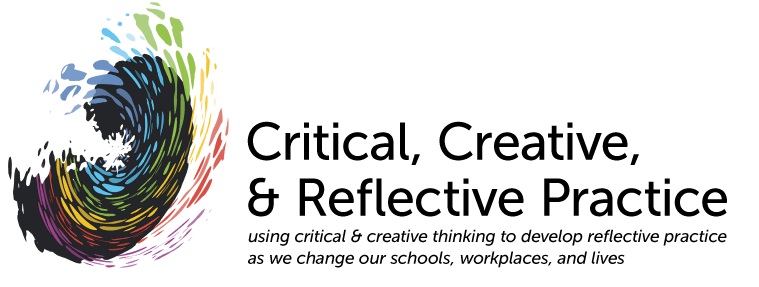10 Steps to PBL
(see Graphic 14)1. Encounter an ill-defined problem
Messy and complex with many embedded aspects and no simple, fixed solution. The problems can be received in many different ways. You are the stakeholder.2. Ask IPF questions
What’s Interesting about this situation? What does this information make you think about? What’s Puzzling, curious, unclear, problematic here? What’s important to Find out?3. Pursue problem finding
Good problem solving begins with and is dependent throughout on good problem finding. Unpacking a large number of problem possibilities helps reveal important patterns and themes. You need unhurried “think time” for this direction setting process from which the problem to investigate will ultimately be chosen. (see Problem Finding Strategies at the end of this chapter)4. Map Problem finding: prioritize a problem
You need to organize the results of your problem finding strategies as a construct of your learning. You can create a visual representation of ideas and then choose a specific problem to investigate. Create a problem statement that specifically identifies the problem with which you are going to work.5. Investigate the problem
Strategize- Having prioritized the problem, you collaborate on a plan for investigating it. Using the KNF (what do I Know, what do I Need to know and how do I Find out) chart will help you articulate your thinking at this juncture, then update and amend it as you proceed through the entire process. Refer to the section below titled “Stages of Inquiry”.6. Analyze Results
Analyzing information is up to you, and you must decide how make meaning of what you have learned. Using questions from step 3 of the Inquiry Model (Organizing and Interpreting Information) can help you decide which approaches to take.7. Reiterate Learning
The goal of this section is to refine and gain new understanding of the process by presenting what you have learned to others. Re-enter the problem from the beginning, critiquing and refining the original problem statement, goals and investigation strategies. Some metacognitive questions are:“What factors might have changed the outcomes of my investigation?”
“Should I investigate this again, what would I do differently and why?”
“What would I change to improve my learning?”
“What have I learned that can be applied to my personal life?
8. Generate Solutions and Recommendations
In order to be ready to generate solutions and recommendations you need to review the outcomes of the previous two steps to develop a perspective on directions to take. There are 3 areas that can help organize your thinking; a. following idea-generating strategies, b. step 3’s problem finding strategies and c. stage 4 of the Inquiry Model on drawing conclusions. (see Solution Generators at the end of this chapter)9. Communicate the Results
Communicate what you have learned.- What ideas do you want to communicate, and to whom?
- Who might gain from this? Why?
- How will the information be presented?
- What aspects and obstacles to communicating might there be?
- What materials and other resources might you need?
- What are the steps in your plan?
Assess yourself and any cohorts in areas such as the development of problem-solving skills and habits of mind, knowledge acquisition, self-directed learning and working with others. Authentic assessment methods might include journal writing, keeping lab notebooks, self-rating scales, and peer interviews. Wiggins and McTighe (1998).
- What should we make of this?
- What are the causes or reasons?
- From whose point of view?
- What is this an instance of?
- How should this be qualified?
- So what? What is the significance?
(Original page by Mary Frangie)
